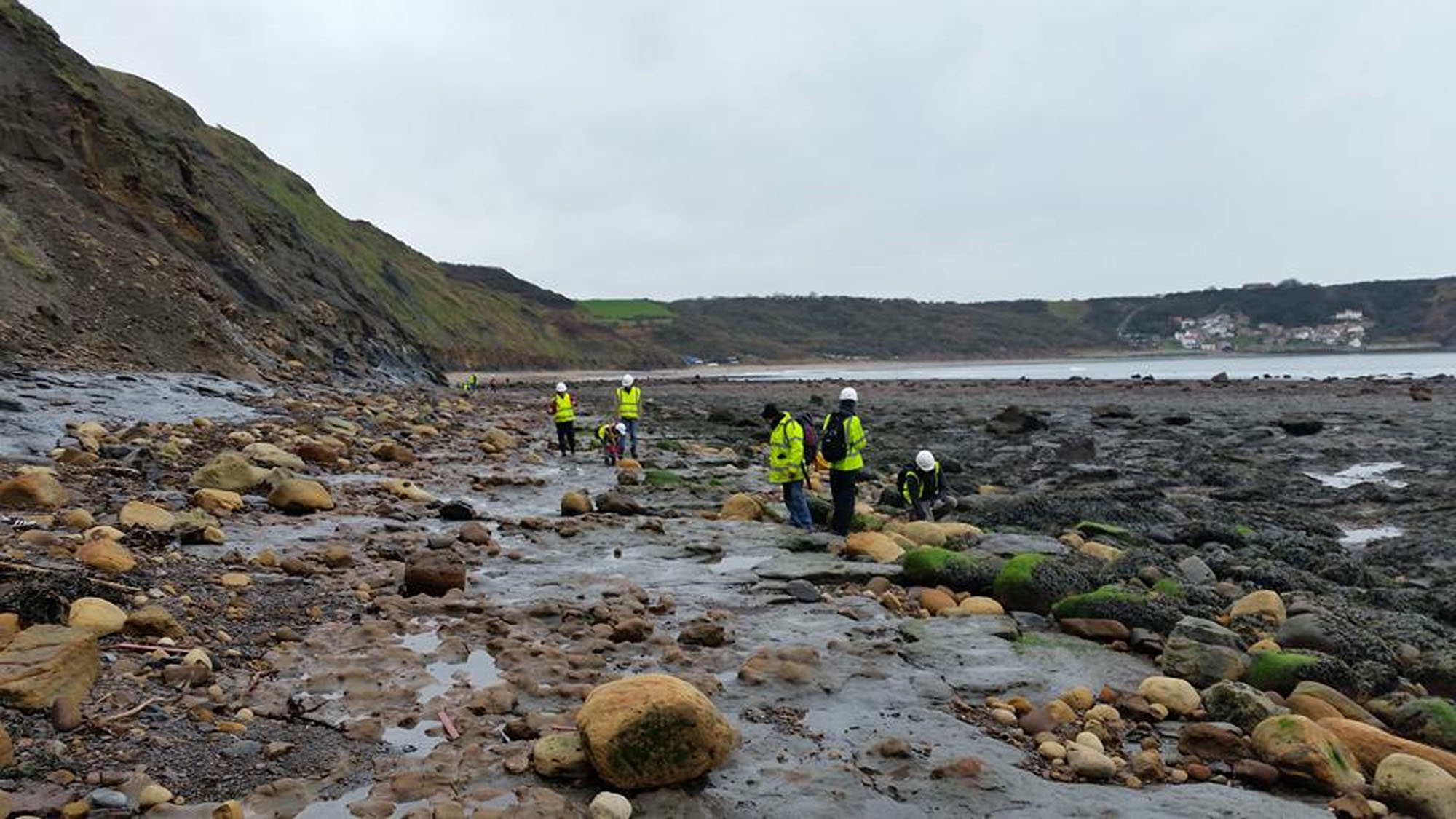Ten kilometres northwest of Ballycastle in Co. Antrim is White Park Bay. Successive layers of rock yield Mesozoic fossils including ammonites, belemnites and Gryphaea. However, the cliffs and platforms are protected, but many loose blocks containing fossils and some washed out fossils can be found. The beach is also known as one of the few places in the world to have “singing sand” – when conditions are right, the extremely fine sand vibrates to make a humming noise. The location is also known as a historic manufacturing hub for flint axes and arrow heads, due to the abundance of flint nodules found in the cliffs, with artefacts dating back as far as 8,000 BC. The landscape also features passage tombs looking out over the sea, where, on a clear day, the coast of Scotland can be seen.Cretaceous, Jurassic, Foreshore, Rating: ♦♦♦






























